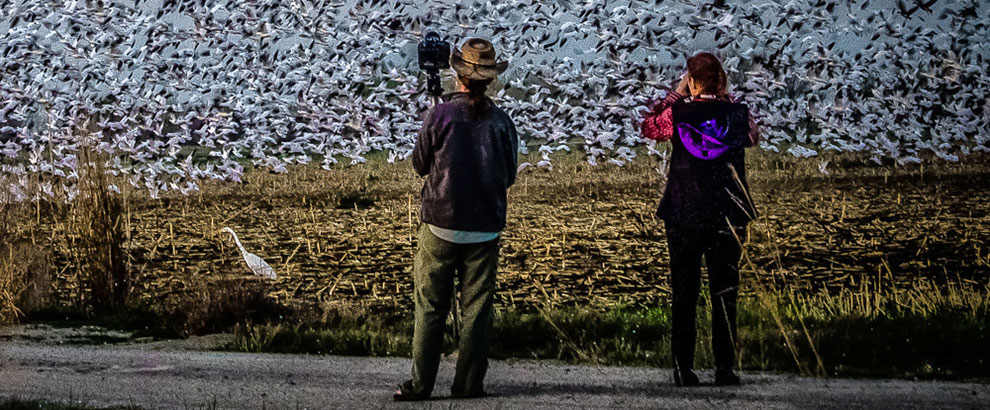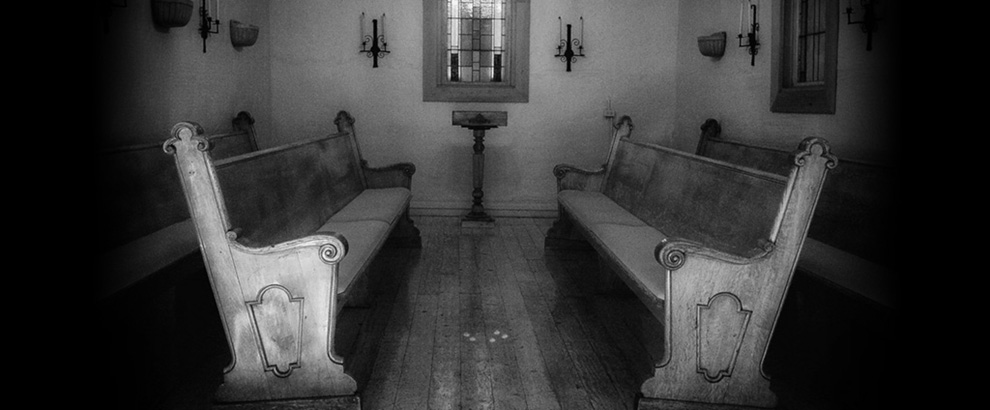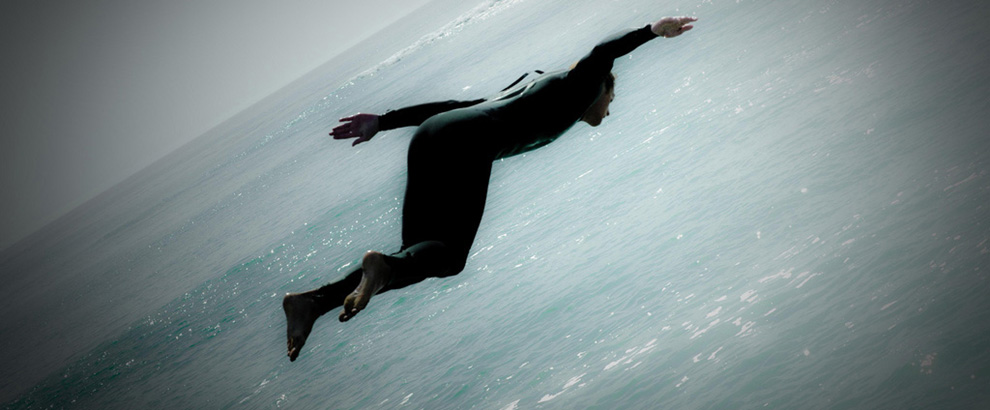
Almost all music makes us want to move at least a little bit, and some inspires a nearly universal impulse to get up and shake every last cell of The Body Electric, as Walt Whitman “sang” about in the long ago. But when consummate pros like Fred Astaire and Ginger Rogers are on hand, we are all better to take a seat and settle for tapping our toes and breaking into broad grins as their dazzling skills are brought to bear.
And that is exactly the case with our newest “Brilliant Song” in this series, the now 86-year-old classic, “I Won’t Dance.”
The song became an enduring hit in the 1935 film, “Roberta,” starring the aforementioned duo of Astaire and Rogers along with the under-appreciated singer and (mostly) comic actress Irene Dunne and leading man hunk, Randolph Scott. It had been a Broadway musical of the same name two years earlier
“I Won’t Dance” has a slightly complicated history, though, having been written in 1934 by Jerome Kern with lyrics by Oscar Hammerstein II and Otto Harbach for the London musical, “Three Sisters.”
Neither the film nor song will be nominated to the Deep Thinkers Hall of Fame anytime soon, but sometimes rollicking good fun punches exactly the right ticket for our collective survival, if not physically, then spiritually.
The show flopped and the song sunk with it, but Astaire had managed to catch a performance during its mere three-week run. The following year, he remembered it when looking to see what he and Rogers might do in “Roberta,” the third of the 10 dance-drenched movies they glided through so effortlessly together between 1933-1949. (Because really, there was nothing to it, nothing at all…)
He then brought it to the attention of the film’s producers and its musical director, Dorothy Fields, who loved the irresistible tune like every other person with a pulse has then and since.
She, with an assist from Jimmy McHugh, then proceeded to jettison almost everything but the title from the lyrics.
That not only brought the song into accord with the different storyline, but also provided a vehicle for the effervescent, teasing and suggestive wordplay with which Astaire and Rogers most always complemented their otherworldly dance numbers.
The result was a smash hit that topped the record charts that year, along with another song from the film: “Lovely to Look At,” also by Kern and Fields and sung by Dunne, which garnered an Academy Award nomination.
These decades later, the original Hammerstein-Harbach “I Won’t Dance” lyrics are nowhere to be found, but the Fields version has been covered by hundreds of appreciative singers, from Sinatra and Ella and Louie to Stephane Grapelli, Willie Nelson, Diana Krall, Michael Buble, Lady Gaga with Tony Bennett, and some kids I’d never heard of till just today. I’ll share a few of them below, no worries.
***

***
“Roberta” is the kind of screwball comedy with lavish sets, absurd situations and big stars in gowns or snappy tuxedos that Hollywood pulled off with such aplomb in its so-called “Golden Age,” which historians variously place somewhere between the 1920s and early 1960s.
It picks up additional glamour with a setting in Paris involving a fashion house putting on a grand show with a Russian theme for visiting royalty and assorted high-brow American ex-pats and tourists.
Neither the film nor song will be nominated to the Deep Thinkers Hall of Fame anytime soon, but sometimes rollicking good fun punches exactly the right ticket for our collective survival, if not physically, then spiritually.
“I Won’t Dance” does so with delightful banter that has the multi-talented Astaire (piano, sing, act, dance) engaging with the nearly as talented Rogers (lacking only the piano, at least here). Rogers, impersonating a European princess, tries to coax some dancing out of him, which he resists with that stout declarative sentence of a title.
Fred Astaire, refusing to dance? The reason becomes clearer with each line—the man is smitten with his would-be dance partner (who is actually an old flame from their midwestern youth). But at this point, he’s too frightened to risk what dancing often does, which is: “lead(s) to romance.”
The song starts with some spoken lines by Rogers that reflect the literate, exuberant wordplay that brilliant songwriters of the time engaged in with such glee:
Think of what you’re losing
By constantly refusing
To dance with me.
You’d be the idol of France with me
And yet you stand there
And shake your foolish head rheumatically
While I wait here so ecstatically
You just look and say emphatically…
Pained and tortuously tempted as he is, Fred’s refusal now kicks in:
Not this season
There’s a reason
I won’t dance, don’t ask me
I won’t dance, don’t ask me
I won’t dance, Madame, with you
My heart won’t let my feet do things they should do
You know what?, you’re lovely
GINGER:
So what? I’m lovely
FRED:
And, oh, what you do to me
I’m like an ocean wave that’s bumped on the shore
I feel so absolutely stumped on the floor
GINGER:
When you dance, you’re charming and you’re gentle
‘specially when you do the Continental
FRED
But this feeling isn’t purely mental
For, heaven rest us, I am not asbestos
and that’s why…
I won’t dance, why should I?
I won’t dance, how could I?
I won’t dance, merci beaucoup
I know that music leads the way to romance,
And if I hold you in my arms I won’t dance
and that’s why
I won’t dance, I won’t dance
I won’t dance, merci beaucoup
I know that music leads the way to romance
“Rheumatically, ecstatically, emphatically?” The adverb carnival is proffered enchantingly by Rogers, and Astaire gets to have his own fun with the nonsense line, “For, heaven rest us, I am not asbestos.”
No, it would appear not…
Once the duo is done with their lyrical banter, a couple of burly Russian attendants with those cool fur hats that add another foot to their height each grab an elbow and place Astaire on the dance floor. From there he first makes nice with some audience members and then makes us all dizzy for a couple more minutes tapping and cavorting around the room like a lithe cheetah on amphetamines.
It’s a classic solo turn by Astaire that might just be the most fun five minutes you’ll spend today (unless you go dancing too, and we all know where that “leads”). Plus one more minute, because below that, the filmmakers prove they’re no fools by bringing Rogers into the mix in the film’s finale—emphatically.
***
***
***
And now for the bonus rounds, if you’re not averse to driving yourself a bit giddy with this tune bouncing around inside your head all day. First, the Chairman of the Board, showing some of his youthful verve and all of his mature charm as he enjoys himself during an early 1990s performance. Then a dance rendition from a couple of remarkably inventive kids named “Moose and Camille,” who starred in some movie franchise earlier this century that I’d never heard of before, but whose performance here would surely have Fred and Ginger smiling from the heavens…
***
***
***
Looking to subscribe to this blog’s pretty much weekly posts? Top right of this page, just plug in your email address (never shared or published) with a name—full, first name only, or pseudonym—and you’ll get email notices with each post.
Check out this blog’s public page on Facebook for 1-minute snippets of wisdom and other musings from the world’s great thinkers and artists, accompanied by lovely photography.
http://www.facebook.com/andrewhidas/
Deep appreciation to the photographers! Unless otherwise stated, some rights reserved under Creative Commons licensing.
Elizabeth Haslam, whose photos (except for the books) grace the rotating banner at top of page.
https://www.flickr.com/photos/lizhaslam/
Library books photo by Larry Rose, all rights reserved, contact: larry@rosefoto.com















With my broken foot trapped in a clunky boot today, I badly needed this lovely reminder that people–well, some people, anyway–can move with inspiring lightness and grace!
Sometimes vicariousness can get us through rough spots even better than drinking, Julie! :-)
Glad you enjoyed!
For years I’ve marveled at Fred’s dancing, whether it be with Ginger Rogers, Cyd Charisse, Rita Hayworth, Judy Garland, Vera Ellen, Eleanor and Jane Powell, or Leslie Caron. Some say his best partner, certainly the most influential on his career, was his older sister Adele. As a kid, it was her moves he mimicked. In fact, he called her “the real dancer in the family.” Fred made it look easy. Effortless. But, no matter the partner, he would spend weeks rehearsing a particular dance number to insure it be perfect. Debbie Reynolds told a great story about her first encounter with Astaire when she was trying to learn and synchronize Gene Kelly’s (no slouch himself) steps in “Singin” in the Rain”. Kelly was angry with MGM because head honcho Louis B. Mayer picked her to co-star with Donald O’Connor (“Make ‘Em Laugh” best comic dance number ever) because she had no previous dancing experience. Kelly, also a perfectionist, was short with her, One afternoon, she was crying on the set and Fred came up to her and gently calmed her down. He said dancing is very hard and don’t give up. He even invited her over to watch him practice a dance he was preparing to do for “Royal Wedding.” Anyway, it worked, and she went on to hold her own much to the surprise and delight of Kelly. That was Fred Astaire.
I’ve long thought about a post just on Astaire alone, or on some choice dances of he & Rogers and/or several others you mentioned, Robert. It’s all so consistently dazzling & feel-good, if sometimes pivoting on silly plots. Kind of hard to resist when Astaire & Co.’s moves are lighting up the screen. Thanks for the little background & anecdotes here.
It is timely to me that this post follows upon the conclusion of the NBA championship series (yes, an odd way to begin a reaction to this song and dance collection). I marveled at the incomparable feats of the Milwaukee Bucks young superstar Giannis Antetokounlmpo in the series: a man with such grace, power and poise packaged in a superhuman body was a joy and a marvel to watch. Then, moments ago a much smaller man, Fred Astaire, absolutely took my breath away with his magical, otherworldly dancing. Astaire is transcendent with his seemingly effortless movement to the music, all the while evoking different emotions through the turn of his head or motion of his arms in concert with his deft and remarkable feet. Footwork is fundamental to the game played by young Giannis, but the game ain’t never seen footwork anywhere near as remarkable and rhythmic as that executed by Fred Astaire. I so appreciate that you included the Sinatra version of the tune, demonstrating the plasticity of music, here tempered down to cool and hip by the Chairman of the Board.
Really glad you mentioned the sheer athleticism on display through these dances, Jay. Was very much on my mind throughout the movie and subsequent You Tubing to see more & more demos of it. One can only watch in admiration at the combination of God-given skill & incredible work ethic dancers (and basketball players!) employ to take our collective breath away. And the seeming effortlessness only belies how difficult so many of their moves are. Witness this, from the same movie, at the 2:58 mark, when Astaire & Rogers do a backward little jump onto some stairs that seems like, well, nothing, but is so very much SOMETHING that I found myself yelling “WOW!” at my own TV, very early in the morning, hoping my neighbors weren’t startled awake… https://www.youtube.com/watch?v=7xYgeme2F9w
Hey, Andrew. I’ve had a DVD of “Roberta” since 2009 but for some reason never got around to watching it, so this lit a fire under me. When “I Won’t Dance Came Up,” the lyric as Ginger Rogers sings it the word didn’t quite sound like “rheumatically” to me, so I checked the disc subtitles, and they have it as “dramatically.” I found a copy of the first page of the sheet music, and indeed it is “dramatic-‘ly.” I really wish it wasn’t, since “rheumatically” sounds so Dorothy Parker, but there you are.
I tellya, Paul, chasing down lyrics has been a whole venture and lesson unto itself through this series—never quite realized how much they vary from singer to singer, arrangement to arrangement, not to mention the faulty transcriptions, mishears, and mischievous adaptations that can result in 10 different versions of the same song. An education! You’re quite right, of course, now that I went back and listened more closely again a few more times to Ginger’s lines, though I’m with you in wishing it HAD been “rheumatically.” Thanks much for setting the record straight!